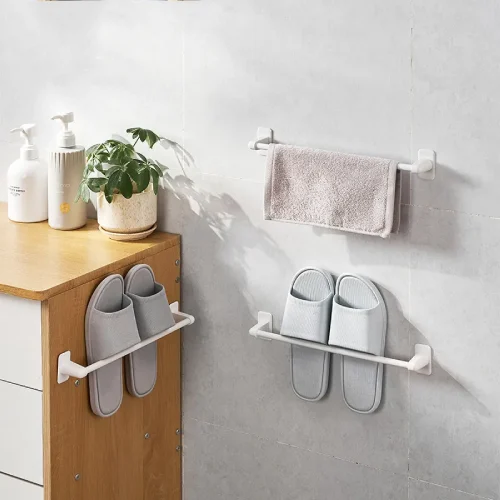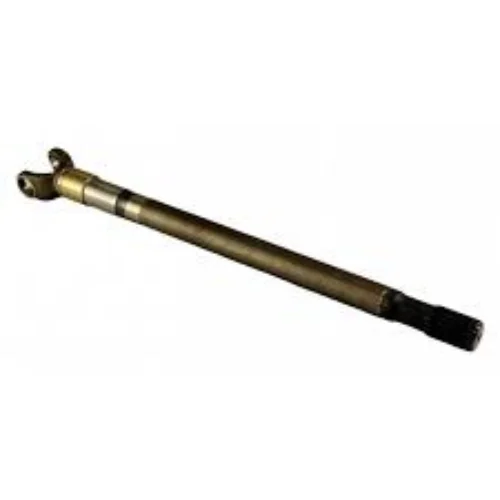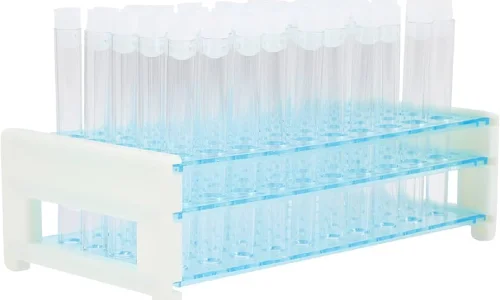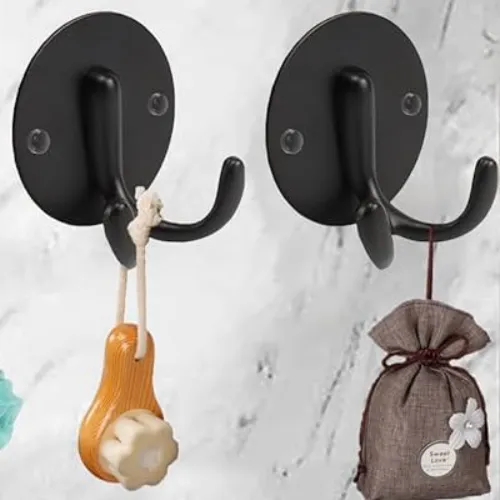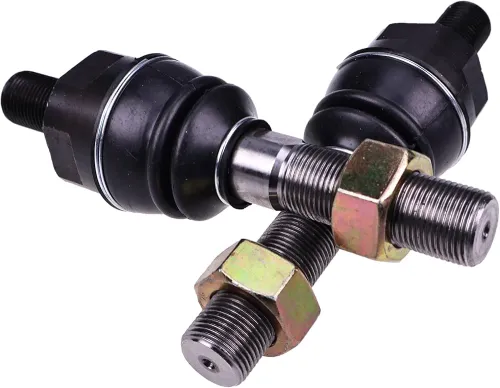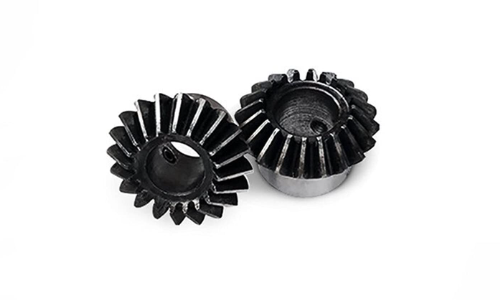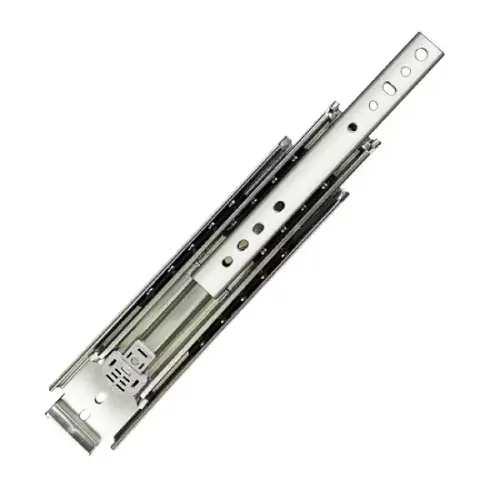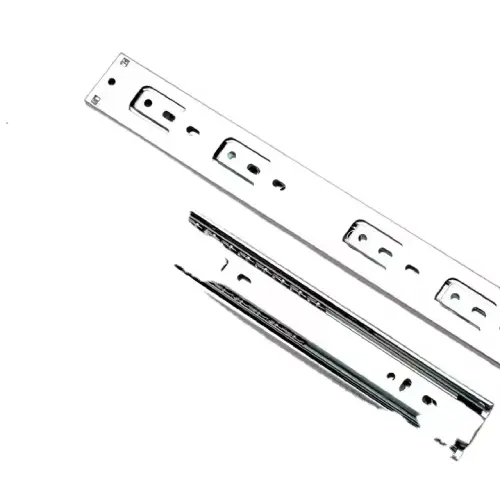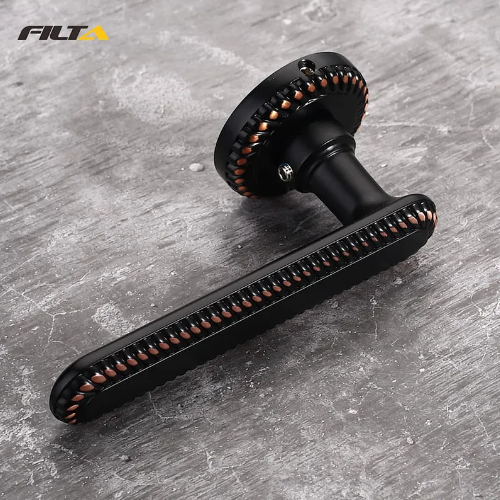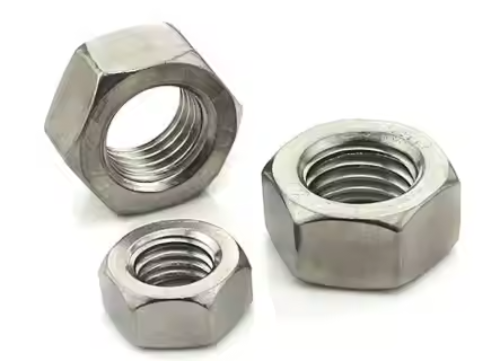Benefits of Using a Mounted Towel Rail
1. Enhanced Airflow for Faster Drying
One of the primary advantages of a bathroom wall mounted towel rail is improved airflow. When towels are spread out on a rail rather than bunched up on a hook, they receive better ventilation. This ensures quicker drying and prevents moisture from lingering in the fabric. Faster drying also means reduced chances of mildew formation, keeping your towels fresh for longer.
Damp towels create an ideal environment for bacteria and mold to thrive. By using a modern bathroom wall towel rail, towels dry more quickly, reducing the risk of unpleasant odors and microbial growth. This makes towel rails a more hygienic option compared to traditional hooks. Mold and bacteria can cause skin irritations and allergies, so ensuring proper towel drying is essential for maintaining good health.
A modern wall towel holder adds a sleek and organized look to any bathroom. Unlike cluttered towel hooks, a modern wall mount towel bar creates a tidy arrangement, enhancing the overall aesthetic appeal of the space. It also helps maximize available wall space, making it a practical addition to both small and large bathrooms. With various designs available, you can choose a bathroom wall mounted towel rail that complements your bathroom decor, whether it's minimalist, modern, or traditional.
With a mounted towel holder, you can store multiple towels at once without them overlapping too much. This is particularly useful for households with multiple family members or guest bathrooms where extra towels need to be available. Some wall mount towel bars come with multiple tiers, offering even more convenience for organizing towels of different sizes.
Leaving towels crumpled on hooks or shelves can lead to excess wear and tear. A bathroom wall towel rail allows towels to dry evenly, preventing fibers from breaking down due to prolonged dampness. This extends the lifespan of your towels, saving you money in the long run. In addition, proper drying prevents musty odors that can be difficult to remove even with frequent washing.
A bathroom wall mounted towel rail is a great space-saving solution, especially in compact bathrooms. By keeping towels neatly arranged on a wall mount towel bar, you free up valuable counter and cabinet space. This ensures a clutter-free bathroom while providing easy access to fresh, dry towels whenever needed.
In addition to natural drying benefits, some modern wall towel holders come with heated options. Heated towel rails provide additional warmth, speeding up the drying process and keeping towels cozy, especially during colder months. This can also help reduce the need for frequent washing since warm towels remain fresh longer, contributing to lower energy and water usage.
Choosing the Right Mounted Towel Rail for Your Bathroom
When selecting a modern wall towel holder, consider the following factors:
Material: Stainless steel, brass, and aluminum options offer durability and resistance to moisture.
Size: Choose a rail that accommodates the number of towels you use regularly.
Installation Style: Decide between a single-bar wall mount towel bar or a multi-tiered design for added convenience.
Aesthetic Appeal: Match the finish of your mounted towel holder with your existing bathroom fixtures for a cohesive look.
Heated vs. Non Heated: Heated towel rails provide added comfort and faster drying, making them a great option for colder climates.
Proper Placement for Maximum Drying Efficiency
To ensure optimal towel drying, install your bathroom wall towel rail in a well ventilated area. Placing it near a window or ventilation fan will enhance air circulation and prevent moisture buildup. Additionally, spacing out multiple bars will allow towels to dry more effectively. If installing multiple rails, ensure enough space between each bar so towels do not overlap excessively.
Maintenance Tips for Mounted Towel Rails
To keep your modern wall towel holder in top condition, follow these maintenance tips:
Regular Cleaning: Wipe down the rail with a damp cloth and mild detergent to prevent dust and soap residue buildup.
Rust Prevention: If your towel rail is made of metal, ensure it is coated with an anti-rust finish or regularly treated to prevent corrosion.
Check for Loose Screws: Over time, wall-mounted fixtures may loosen. Periodically check the mounting screws and tighten them as needed to maintain stability.
Avoid Overloading: Do not overload your towel rail with excessive weight, as this may weaken the mount over time.
Tips:
Height: Typically, towel rails are installed about 48 to 52 inches from the floor to the bottom of the rail, but adjust based on user height or preference.
Water Proximity: Ensure the rail isn't too close to water sources to prevent rust, especially if it's not stainless steel or another rust-resistant material.
Aesthetics: Consider the visual balance with other bathroom fixtures. Sometimes, placing the rail symmetrically with other items can enhance the bathroom's look.
